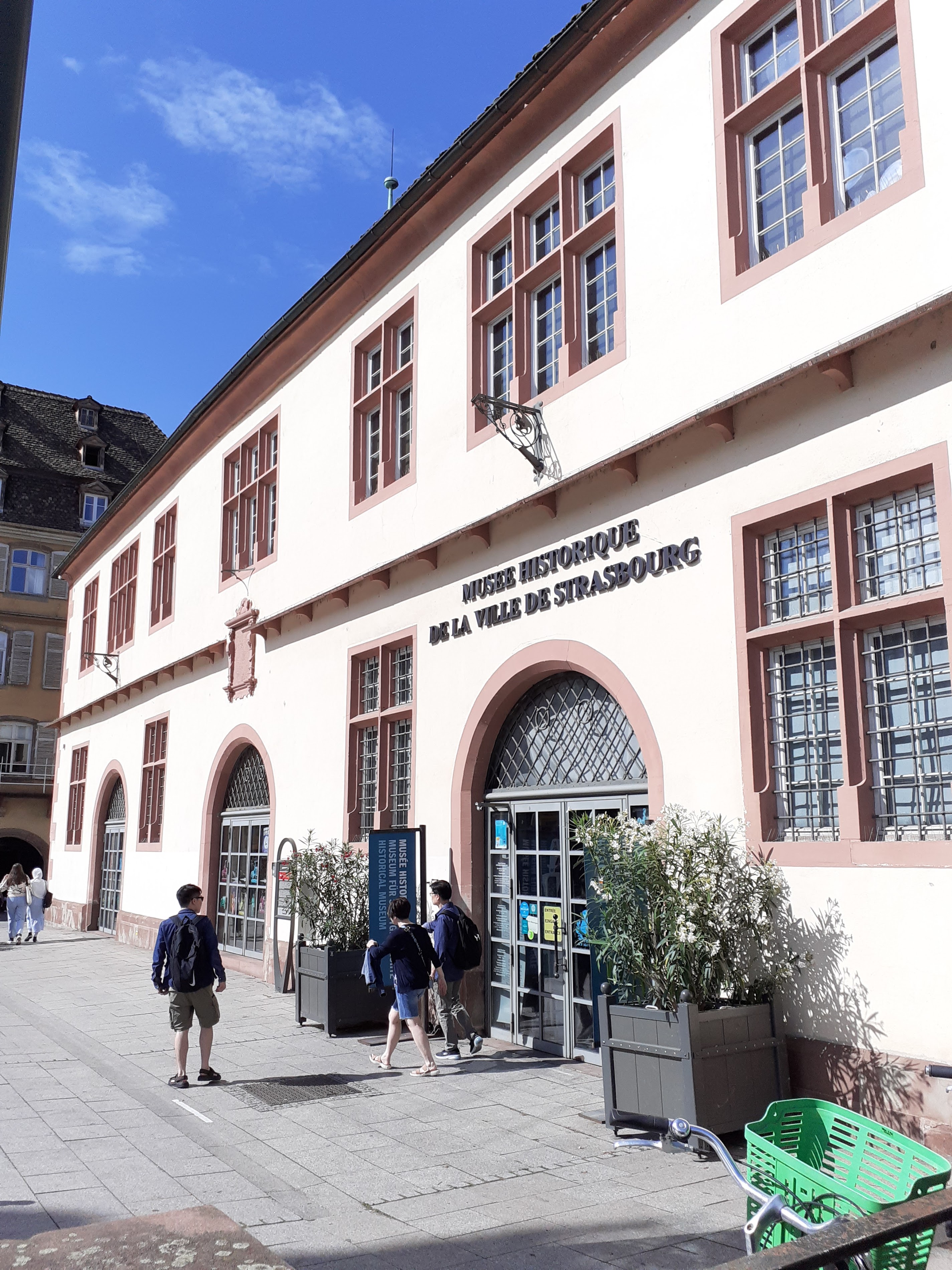Historical Museum of the City of Strasbourg: A Journey Through Time
In the heart of Strasbourg's picturesque old town, a treasure trove of local history can be found. The Historical Museum of the City of Strasbourg stands as a testament to the rich and varied past of this enchanting Alsatian city. Within its walls, centuries of stories are preserved, offering visitors a unique glimpse into the evolution of Strasbourg from its Roman origins to its present-day status as a European capital.

A Window to the Past
The museum itself is housed in a building that tells its own story. The Renaissance-era structure, once the city's slaughterhouse, has been transformed into a sanctuary for historical artifacts and memories. As visitors step through its doors, they are transported back in time, ready to embark on a journey through Strasbourg's captivating history.
Within the museum's halls, a vast collection of objects, artworks, and documents is displayed. Each piece has been carefully curated to paint a vivid picture of life in Strasbourg throughout the ages. From ancient Roman artifacts to medieval religious relics, from Renaissance paintings to modern-day photographs, the museum's collection spans over two millennia of urban history.
Things to do in Strasbourg
A Chronological Journey
The museum's exhibits are arranged chronologically, allowing visitors to follow Strasbourg's development from its earliest days. The journey begins with the Roman settlement of Argentoratum, where the foundations of the city were laid. Artifacts from this period, including pottery, coins, and architectural fragments, are showcased, providing insight into daily life in ancient Strasbourg.
As visitors move through the museum, they are led through the Middle Ages, a time when Strasbourg flourished as a Free Imperial City within the Holy Roman Empire. Religious art and artifacts from this period are prominently featured, reflecting the city's importance as a center of Christian worship and scholarship.
The Renaissance and Early Modern periods are well-represented, with exhibits highlighting Strasbourg's role in the printing revolution and the Reformation. Rare books and prints from this era are displayed, including works by local luminaries such as Johannes Gutenberg.
A City in Transition
The museum doesn't shy away from more challenging periods in Strasbourg's history. The tumultuous years of the French Revolution and the subsequent annexation by France are explored in depth. Visitors can examine artifacts and documents that illustrate the city's transformation from a German-speaking imperial city to a French regional capital.
The 19th and 20th centuries are given ample attention, with exhibits focusing on Strasbourg's industrialization, its changing urban landscape, and its experiences during two world wars. The museum's collection of photographs and personal objects from these periods provides a poignant and personal perspective on these momentous events.
Interactive Learning
While the Historical Museum of the City of Strasbourg is rich in artifacts, it's not merely a static display of old objects. Interactive exhibits and multimedia presentations are incorporated throughout, ensuring that history comes alive for visitors of all ages. Scale models of the city at different points in its history allow visitors to visualize Strasbourg's urban development, while touch screens provide additional information and context for key exhibits.
Regular temporary exhibitions complement the permanent collection, focusing on specific aspects of Strasbourg's history or culture. These rotating displays ensure that there's always something new to discover, even for repeat visitors.
A Reflection of Strasbourg's Identity
Perhaps what's most striking about the Historical Museum of the City of Strasbourg is how it reflects the city's unique identity. Strasbourg's position at the crossroads of French and German cultures is evident throughout the exhibits. Bilingual displays and artifacts from both cultural traditions underscore the city's role as a bridge between nations and cultures.
The museum also highlights Strasbourg's long-standing tradition of tolerance and intellectual freedom. From its days as a haven for religious reformers to its current status as home to numerous European institutions, Strasbourg's commitment to these values is clearly illustrated.
As visitors conclude their tour of the Historical Museum of the City of Strasbourg, they leave with a deeper understanding of this fascinating city and its place in European history. The museum serves not just as a repository of artifacts, but as a mirror reflecting Strasbourg's soul - its triumphs and struggles, its traditions and innovations.
For those seeking to delve even deeper into Strasbourg's rich cultural heritage, a visit to the Museum Œuvre Notre-Dame is highly recommended. This nearby institution houses an impressive collection of medieval and Renaissance art, further illuminating Strasbourg's artistic and architectural legacy.
In the end, the Historical Museum of the City of Strasbourg offers more than just a history lesson. It provides a key to understanding the city's past, present, and future, inviting visitors to become part of Strasbourg's ongoing story.

 Home
Home Wishlist
Wishlist